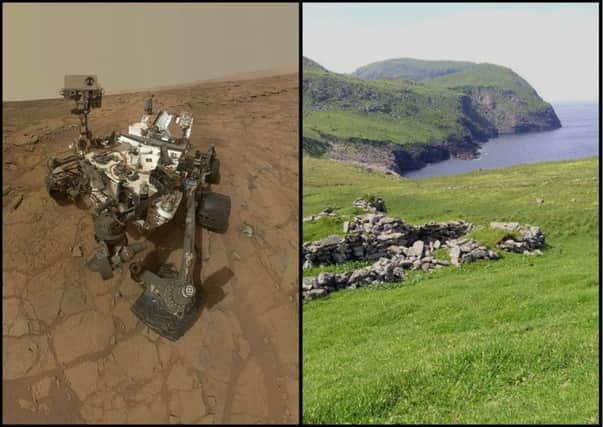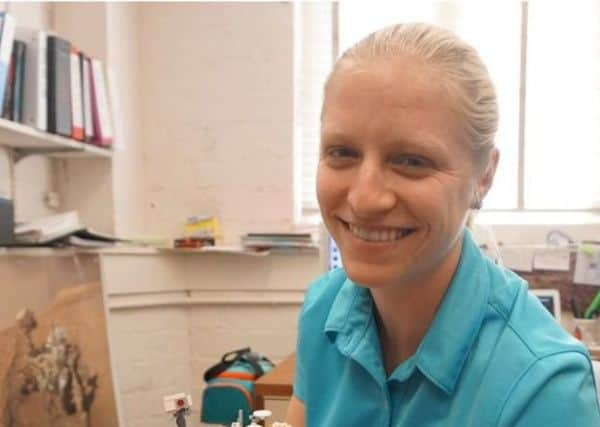Nasa's Mars Curiosity rover explores St Kilda


St Kilda’s Martian counterpart was given its moniker by US scientist Professor Linda Kah.
It is part of a region of the Red Planet dubbed the Torridon quadrangle that includes a list of intriguing geological features with recognisable names such as Benbecula and Jura.
Advertisement
Hide AdAdvertisement
Hide AdThe quadrangle, and many of the areas within, all take their names from places around the north of Scotland.


In the past few days, the Mars rover has been busy exploring St Kilda.
Professor Kah, who is working on the mission, suggested the name St Kilda because of a very personal family connection.
Her grandfather and his children were close to moving to St Kilda’s main island Hirta shortly after the last permanent residents left in 1930.


She told the BBC: “George Hastie, a greengrocer from Greenock, was left with five teenagers Andrew, Jessie, Mary Ann, who was also known as Mollie, Ann and George when his wife, Ann, died in 1931.
“George proposed buying one of the islands, confident that he and the five kids could manage to survive there.
“The kids thought he was out of his mind and refused to go.
“The move to a big cold rock in the sea never happened, and the land was left to the birds.”
The family eventually moved to Ohio in the United States, but the story of the planned move to St Kilda has since become something of a family legend.
Advertisement
Hide AdAdvertisement
Hide Ad“I vaguely remember my Grandma Mollie Bisset, the middle of George’s kids, telling me this story in the late 1980s.
“I was finishing high school at the time, and we were going through photographs after my grandfather, Ian Bisset, who was originally from Bathgate, had died.
“The photographs were a great way to learn family lore.
“It was my Grandpa Ian who first came to the US.”
Professor Linda Kah’s mother Ann, 74, has spent her retirement creating paintings of various subjects, including St Kilda.
“Mom ‘travels’ the world via Google Earth and spends a lot of time exploring the coasts of Scotland,” she said.
“She sends me images and tells me stories of places she remembers.”
She added: “I am definitely at fault for St Kilda on Mars.
“I was working surface operations for Curiosity’s Mast Cameras and the team was planning observations on a vein target.
“Veins are mineral-filled fractures that cut through the bedrock and provide information on late-stage fluid flow through rocks.
“One of my PhD students here at the University of Tennessee, Rachel Kronyak, is working to understand the timing and process of fracture and mineral fill of veins, and she had picked the target for some potentially interesting textural features.
“I asked whether St Kilda was on the list of potential target names, and was asked why so I gave the operations team a snapshot of my story.”
